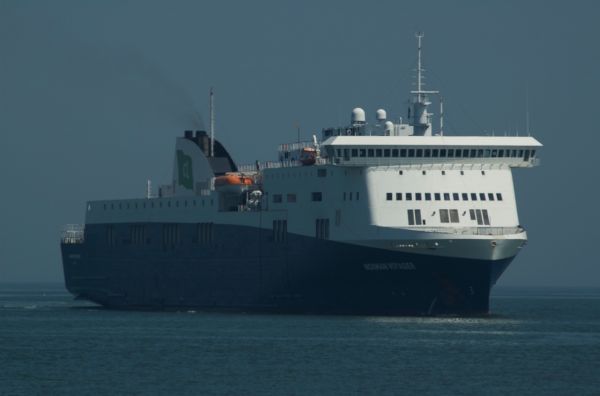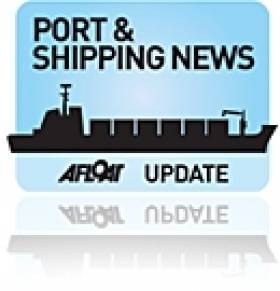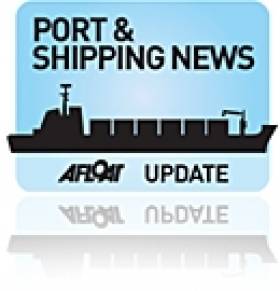Displaying items by tag: Irish Ferries
Body of Woman Who Fell from Rosslare Ferry Recovered
The body of the woman who fell overboard from the Irish Ferries vessel Isle of Inis Mór was recovered from the sea at Rosslare on Saturday. According to media reports the woman fell overboard as the ferry approached Rosslare Europort shortly after 6am on Saturday. Her body was taken from the water about two hours later. Gardaí are not releasing her identity until family members were notified.
Winter's French 'Ferry' Connections
Direct continental ferry services between Ireland and France will be reduced as of this weekend, writes Jehan Ashmore.
Brittany Ferries last sailing for this year on the Cork-Roscoff route ends today. The 11-hour route is normally served by 'flagship' Pont-Aven but this weekend's final round-trip will be operated by the Bretagne. The former flagship, built in 1989 had served on the Irish route for several years but now operates St.Malo-Portsmouth sailings. Cork-Roscoff sailings resume in 2011 with the first crossing from the Breton port on 1 April 2011 and the corresponding departure from Ireland on 2 April.
In the interim period, alternative routes to France are maintained by Irish Ferries and Celtic Link Ferries. On the Rosslare-Cherbourg route, operated by Irish Ferries, sailings are scheduled to run to 31 December but there will be no sailings throughout January 2011 and up to mid-February. This is to allow the routes cruiseferry Oscar Wilde to undergo annual dry-docking before re-opening the route on 16 February. In addition Irish Ferries operate the seasonal Rosslare-Roscoff route which starts on 13 May.
Celtic Link Ferries also operate on the Rosslare-Cherbourg route. During January 2011, the company will be the only ferry operator providing services between Ireland and France.

Celtic Link Ferries ro-pax Norman Voyager
The 17-hour route to Cherbourg is served by the 2008-built ro-pax Norman Voyager, the newest vessel on the continental routes. Norman Voyager accommodates 800 passengers, 200 cars and up to 120 freight vehicles. There are 110 cabins and facilities for passengers include a bar, restaurant, lounges, cinema and a shop.

























































